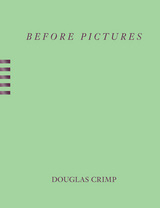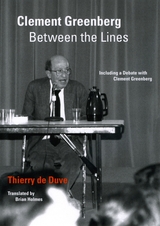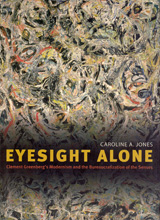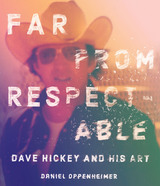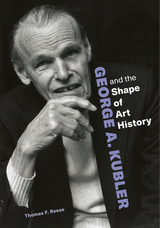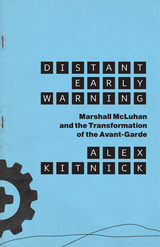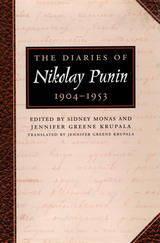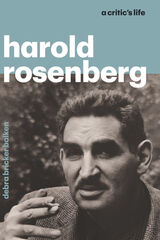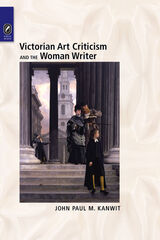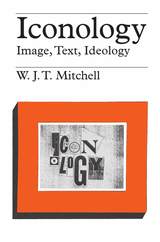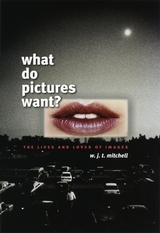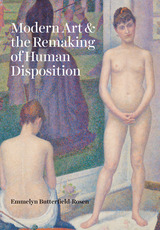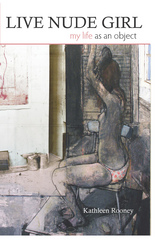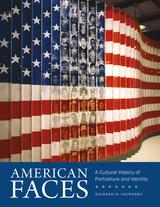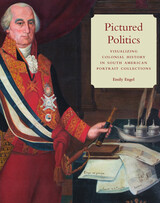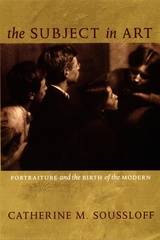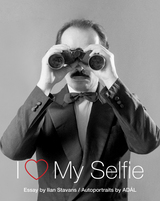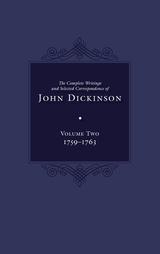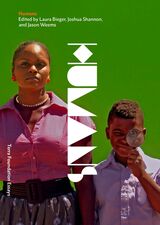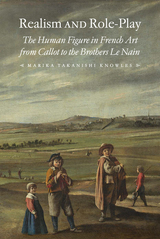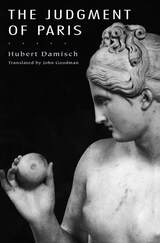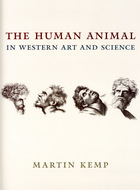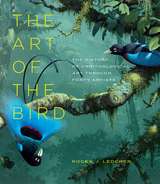Cloth: 978-0-674-01657-6
Library of Congress Classification N7574.5.C6B63 2005
Dewey Decimal Classification 704.9420951
Traditionally the "Chinese body" was approached as a totality and explained by sweeping comparisons of the differences that distinguished Chinese examples from their Western counterparts. Recently, scholars have argued that we must look at particular examples of Chinese images of the body and explore their intrinsic conceptual complexity and historical specificity.
The twelve contributors to this volume adopt a middle position. They agree that Chinese images are conditioned by indigenous traditions and dynamics of social interaction, but they seek to explain a general Chinese body and face by charting multiple, specific bodies and faces. All of the chapters are historical case studies and investigate particular images, such as Han dynasty tomb figurines; Buddhist texts and illustrations; pictures of deprivation, illness, deformity, and ghosts; clothing; formal portraiture; and modern photographs and films. From the diversity of art forms and historical periods studied, there emerges a more complex picture of ways that the visual culture of the body and face in China has served to depict the living, memorialize the dead, and present the unrepresentable in art.
See other books on: Body | Chinese | Face | Human body | Symbolic aspects
See other titles from Harvard University Press

